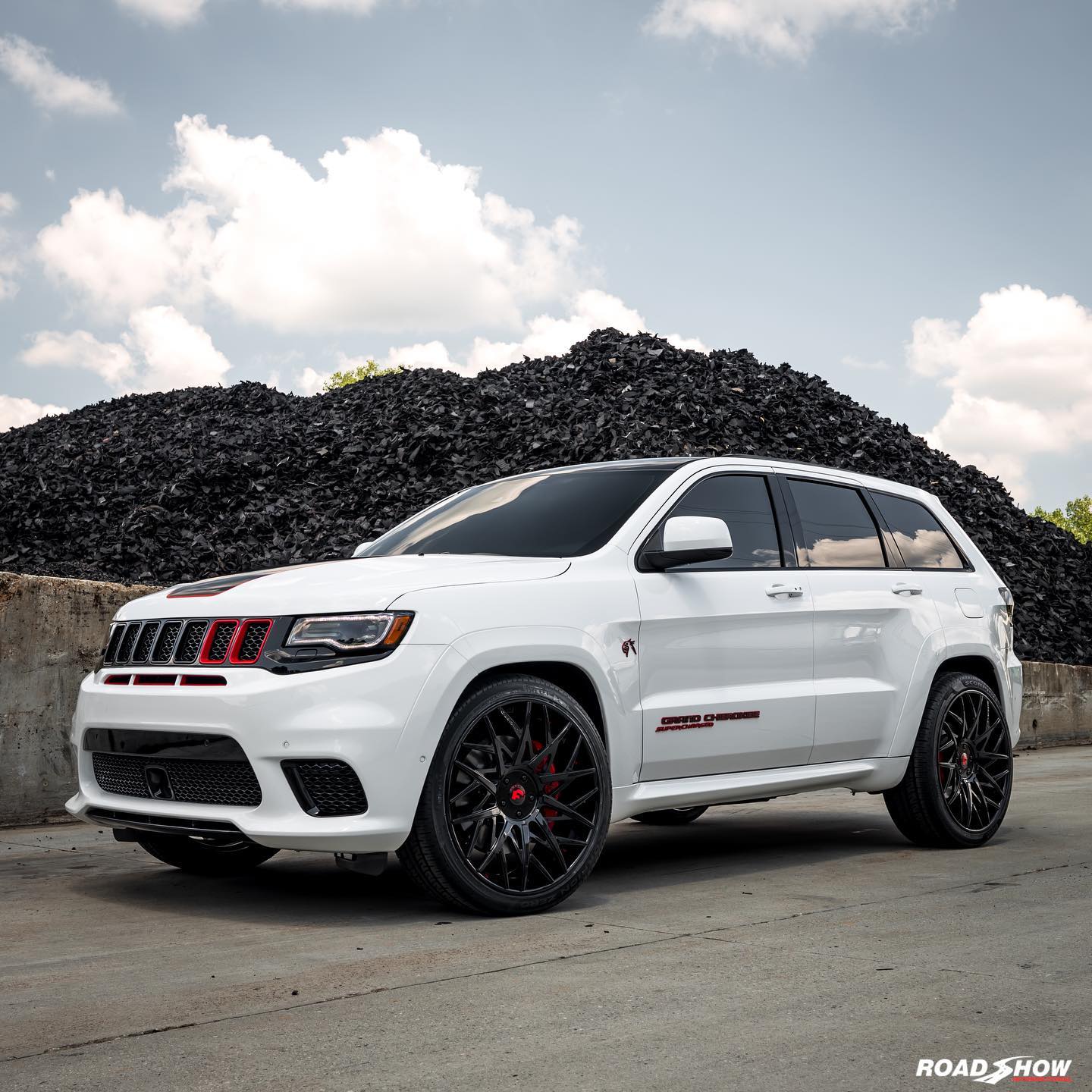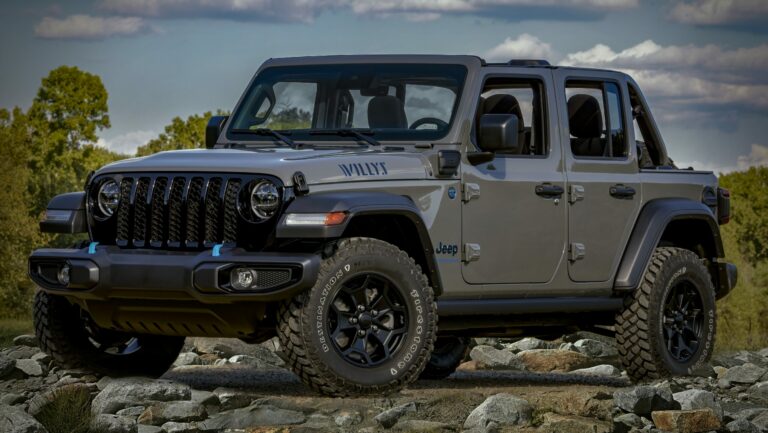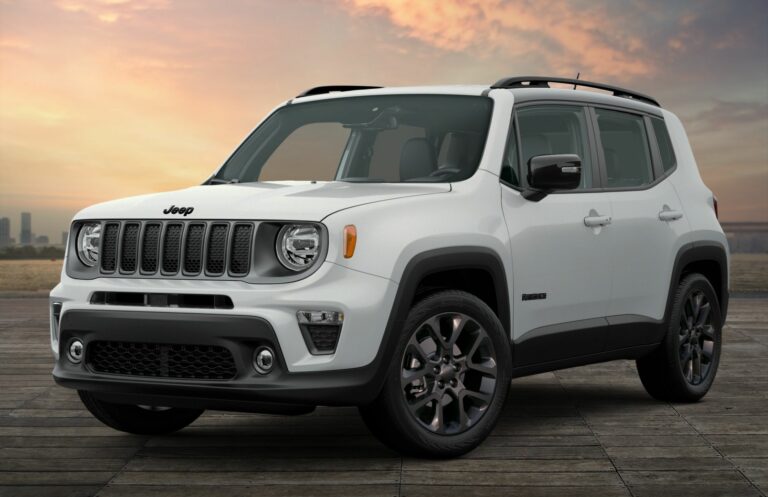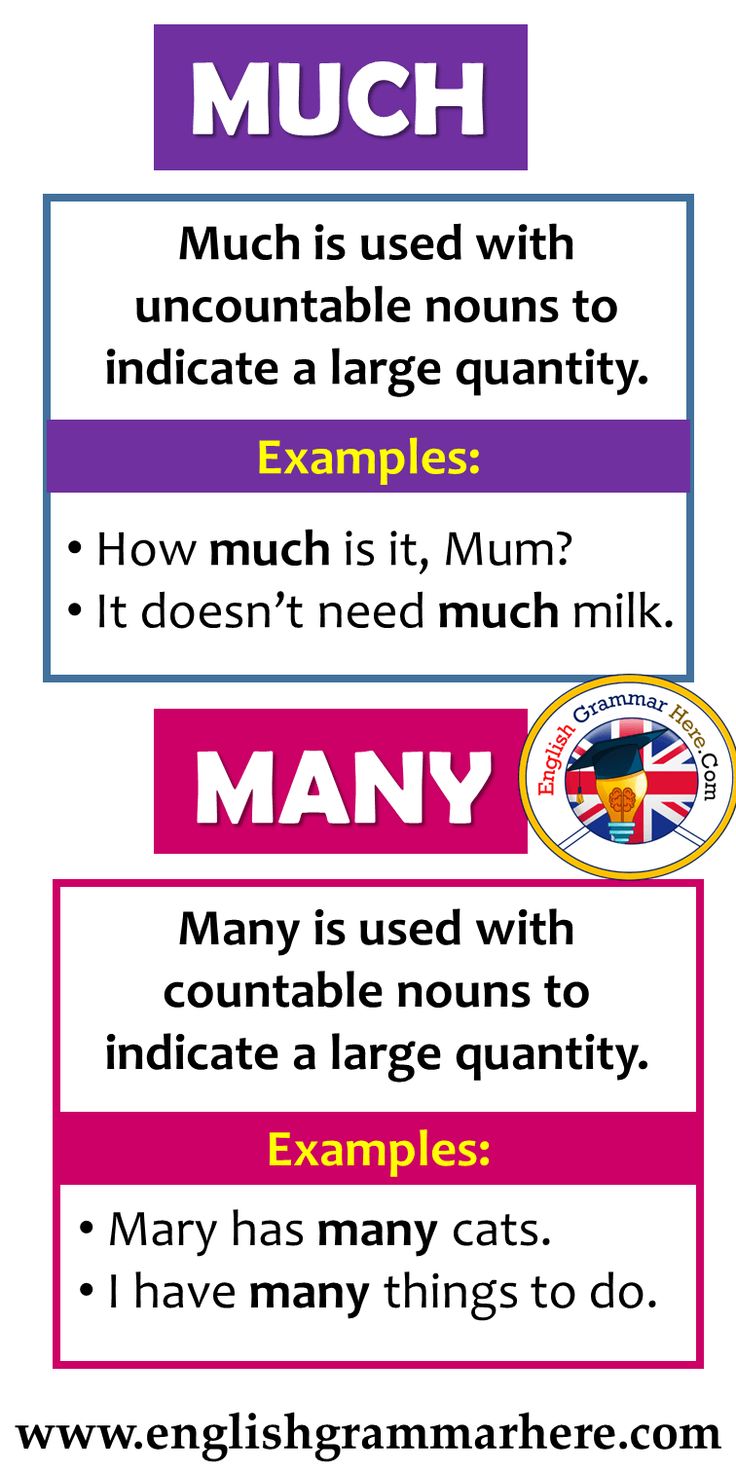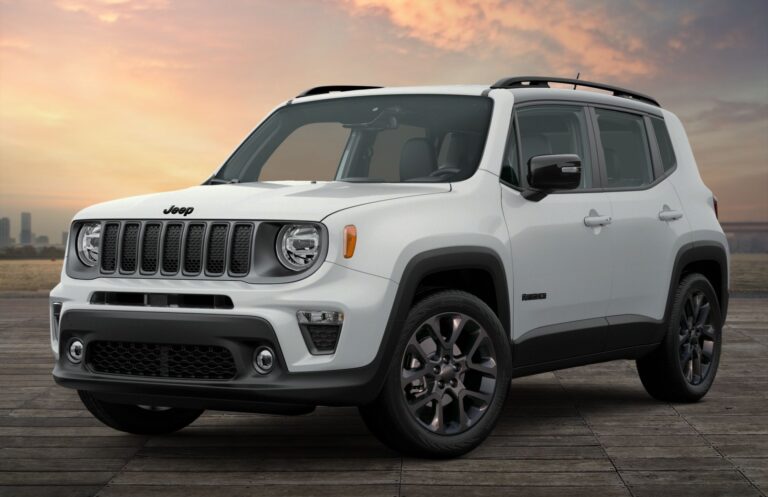Jeep Stroker Engines For Sale: Unlocking Your Off-Road Beast’s Full Potential
Jeep Stroker Engines For Sale: Unlocking Your Off-Road Beast’s Full Potential jeeps.truckstrend.com
For any true Jeep enthusiast, the desire for more power is a constant hum in the back of their mind. Whether you’re tackling steep rock crawling trails, navigating deep mud bogs, or simply looking for more spirited highway performance, the stock engine, while reliable, often leaves something to be desired. This is where the legendary Jeep Stroker Engine comes into play. More than just an upgrade, a stroker conversion transforms your Jeep’s heart, delivering a significant boost in horsepower and, crucially, torque – the true king of off-road prowess.
This comprehensive guide will delve deep into the world of Jeep stroker engines for sale, exploring what they are, why they’re so coveted, where to find them, and what critical considerations you need to make before making the leap. Prepare to unleash the beast within your beloved Jeep.
Jeep Stroker Engines For Sale: Unlocking Your Off-Road Beast’s Full Potential
What Exactly is a Jeep Stroker Engine?
At its core, a "stroker" engine is one that has had its displacement increased by lengthening the stroke of the crankshaft. In the context of the immensely popular Jeep 4.0L inline-six (found in XJ Cherokees, TJ Wranglers, ZJ Grand Cherokees, and some YJ Wranglers), this typically involves using a crankshaft with a longer throw, often sourced from an AMC 4.2L engine (found in older CJ Jeeps), combined with custom connecting rods and pistons.
By increasing the stroke, the piston travels a greater distance within the cylinder during each revolution, displacing more air and fuel. This results in a larger engine displacement (e.g., from 4.0 liters to 4.6L, 4.7L, 4.9L, or even 5.0L), which directly translates to more power and, most importantly for a Jeep, more low-end torque. While the 4.0L is a fantastic, durable engine, a stroker conversion leverages its robust block design to create a significantly more potent power plant without resorting to complex engine swaps from different manufacturers.
Why Choose a Stroker Engine for Your Jeep?
The reasons for opting for a stroker engine are compelling, especially for those who demand more from their off-road machine:
- Massive Torque Increase: This is the primary benefit. More torque means better crawling ability over obstacles, easier ascent up steep grades, and improved performance in deep sand or mud, all without having to constantly rev the engine high.
- Significant Horsepower Gains: While torque is king off-road, the horsepower increase is noticeable on the highway, allowing for easier merging, passing, and maintaining speed on inclines. You’ll feel a much more responsive throttle.
- Improved Daily Driving: Even for those who don’t frequently hit the trails, a stroker engine makes daily driving more enjoyable. Less downshifting, smoother acceleration, and a generally more relaxed driving experience are common benefits.
- Retain OEM Compatibility (Mostly): Unlike engine swaps that require custom mounts, wiring, and transmission adapters, a stroker build largely utilizes your existing engine block and often mates directly to your original transmission and transfer case, simplifying the conversion process.
- Enhanced "Cool Factor": There’s an undeniable satisfaction in knowing your Jeep is powered by a custom-built, high-performance engine designed for serious work and play.

Common Jeep Stroker Engine Configurations

While the concept is straightforward, several popular displacement options exist, each with slightly different component requirements and performance characteristics:
- 4.6L Stroker: Often achieved by using the 4.2L crankshaft, stock 4.0L connecting rods, and custom pistons. A popular, cost-effective choice offering a substantial upgrade over stock.
- 4.7L Stroker: Typically uses the 4.2L crankshaft, shorter custom connecting rods, and custom pistons. This is one of the most common and balanced stroker configurations, offering excellent power and reliability.
- 4.9L/5.0L Stroker: These larger displacements push the limits of the 4.0L block and often require more extensive machining, specialized components, and careful tuning. They deliver maximum power but can be more expensive and require more robust supporting modifications.

While less common, stroker kits also exist for the Jeep 2.5L four-cylinder engine, typically increasing displacement to 2.9L or 3.0L for a much-needed boost in smaller Jeeps like the TJ and YJ.
Key Components of a Stroker Build
A proper stroker engine is more than just a longer crank. It’s a carefully balanced system of components working in harmony:
- Crankshaft: The heart of the stroker. Typically an AMC 4.2L crank, machined for precise fitment and balance.
- Connecting Rods: Custom length rods are essential to ensure pistons don’t hit the cylinder head at Top Dead Center (TDC) or the crankshaft counterweights at Bottom Dead Center (BDC).
- Pistons: Custom forged or hypereutectic pistons are required, designed with a specific pin height to match the new rod length and achieve the desired compression ratio.
- Camshaft: A custom grind camshaft is crucial to optimize valve timing for the increased displacement and airflow characteristics of the stroker. This greatly impacts the power band.
- Cylinder Head: While not always mandatory, porting the cylinder head or upgrading to a high-flow aftermarket head can unlock significant additional power by improving airflow. Larger valves may also be considered.
- Fuel Injectors: Larger flow-rate injectors are necessary to supply enough fuel to the increased displacement.
- Exhaust System: A free-flowing header and exhaust system are vital to allow the engine to breathe efficiently and maximize power output.
- Engine Management/Tuning: This is perhaps the most critical component. The stock ECU cannot properly manage a stroker engine. A custom tune (via a programmable ECU or piggyback system) is essential to optimize fuel delivery, ignition timing, and other parameters for peak performance, efficiency, and longevity.
Where to Find Jeep Stroker Engines For Sale
The market for Jeep stroker engines is diverse, offering several avenues for purchase:
- Dedicated Stroker Builders: Companies specializing in Jeep performance engines (e.g., Golen Engine Service, ATK High Performance Engines, Hesco) offer complete crate stroker engines or long blocks. These are often dyno-tested and come with warranties, providing peace of mind.
- Independent Machine Shops/Engine Builders: Many reputable local or regional performance shops have experience building Jeep stroker engines. Research their reputation and ask for references.
- Online Marketplaces & Forums: Websites like eBay, Craigslist, and dedicated Jeep forums (JeepForum.com, NAXJA.org) often have individuals selling used stroker engines, complete Jeeps with strokers, or even custom-built engines. Exercise caution and thoroughly vet sellers in these scenarios.
- Parts Kits for DIY Builders: If you have the mechanical expertise, you can purchase stroker kits (crank, rods, pistons, cam) and build the engine yourself or have a local machine shop do the critical machining.
Important Considerations When Buying a Stroker Engine
Purchasing a stroker engine is a significant investment. Keep these critical factors in mind:
- Budget: Stroker engines range from a few thousand dollars for a basic long block to well over $10,000 for a fully dressed, dyno-tuned crate engine with premium components. Factor in installation costs and supporting modifications.
- Intended Use: Are you building a dedicated rock crawler, a high-speed desert runner, or a capable daily driver? Your intended use will influence the ideal displacement, compression ratio, and camshaft grind.
- Compatibility: Ensure the engine is compatible with your Jeep’s existing transmission (AX-15, AW4, NV3550, etc.) and transfer case. Most 4.0L strokers are direct bolt-ins, but verify flywheel and sensor compatibility.
- Warranty & Reputation: If buying a complete engine, understand the warranty terms. Research the builder’s reputation thoroughly through online reviews, forums, and direct inquiries.
- Supporting Modifications: A stroker engine generates more heat and requires more fuel. You will likely need:
- Upgraded Cooling System: Heavy-duty radiator, fan clutch, or electric fans are highly recommended.
- Upgraded Fuel Pump: To ensure adequate fuel delivery.
- High-Flow Exhaust: To allow the engine to breathe freely.
- Drivetrain Upgrades: The increased torque can expose weak links in your driveline (U-joints, axles, differential carriers). Be prepared to upgrade these components if you plan on aggressive off-roading.
- Engine Management/Tuning: As mentioned, this is non-negotiable for optimal performance and reliability.
- Break-In Procedure: Follow the builder’s recommended break-in procedure meticulously to ensure proper ring seating and longevity.
DIY vs. Professional Installation
Deciding whether to install the stroker yourself or hire a professional depends on your mechanical skill, available tools, and time:
- DIY: Can save significant money on labor costs. Provides an invaluable learning experience. Requires extensive mechanical knowledge, specialized tools (engine hoist, stand, torque wrenches), and a clean workspace. Mistakes can be costly.
- Professional: Offers peace of mind and often comes with a labor warranty. Ensures the job is done correctly and efficiently. More expensive. Ideal if you lack the time, tools, or expertise.
Maintenance and Longevity of a Stroker Engine
A properly built and maintained stroker engine can be as reliable as a stock engine, if not more so. However, due to its increased output, it demands a bit more attention:
- Quality Oil: Use a high-quality synthetic or semi-synthetic oil of the recommended viscosity.
- Regular Oil Changes: Adhere to or even shorten the recommended oil change intervals.
- Monitor Cooling: Keep a close eye on engine temperatures, especially during strenuous activity. Ensure your cooling system is always in top shape.
- Proper Tuning: Never run a stroker on a stock tune. Incorrect air-fuel ratios or ignition timing can quickly lead to engine damage.
- Listen to Your Engine: Pay attention to any unusual noises, smells, or performance changes. Early detection of issues can prevent major problems.
Navigating the Market: Tips for Buyers
- Do Your Research: Read reviews, ask questions on forums, and compare different builders and their offerings.
- Ask Detailed Questions: What specific components are used (crank, rods, pistons, cam)? What’s the compression ratio? Is it dyno-tested? What kind of warranty is offered? What accessories are included (oil pan, valve cover, sensors, flywheel)?
- Inspect Thoroughly: If buying used, inspect the engine in person if possible. Look for signs of neglect, damage, or improper assembly. Get a compression test if feasible.
- Understand What’s Included: Is it a long block (no accessories), a short block (block, crank, rods, pistons), or a complete drop-in engine? The price will vary significantly.
Price Table: Estimated Jeep Stroker Engine Costs (For Sale)
Please note: These are estimated price ranges and can vary significantly based on the builder, component quality, included accessories, and market demand. Always get a detailed quote.
| Stroker Displacement | Type of Engine Package | Estimated Price Range (USD) | Key Features/Notes | Ideal For |
|---|---|---|---|---|
| 4.6L Stroker | Long Block | $3,500 – $5,500 | Uses 4.2L crank, 4.0L rods, custom pistons. No accessories. | Budget-conscious upgrade, good daily driver & mild off-roader |
| Complete Crate Engine | $6,000 – $8,500 | Includes cylinder head, cam, oil pan, valve cover, often dyno-tested. | Reliable performance, bolt-in solution for most | |
| 4.7L Stroker | Long Block | $4,500 – $6,500 | Uses 4.2L crank, custom shorter rods, custom pistons. | Serious off-roading, excellent torque, requires more precise tuning |
| Complete Crate Engine | $7,000 – $10,000+ | Premium components, port-matched head, larger injectors, often dyno-tuned. | Enthusiasts seeking balanced power, performance, and reliability | |
| 4.9L/5.0L Stroker | Long Block | $5,500 – $8,000 | Aggressive build, often requires extensive block machining, specialized parts. | Maximum power/torque, dedicated off-roaders, racing applications |
| Complete Crate Engine | $9,000 – $12,000+ | Top-tier components, fully dressed, often with custom engine management. | No-compromise performance, high-end builds, competitive usage | |
| 2.9L/3.0L (2.5L Base) | Long Block | $3,000 – $4,500 | Significantly boosts power for 4-cylinder Jeeps. | YJ/TJ 4-cyl owners needing more power without an engine swap |
| Complete Crate Engine | $5,500 – $7,500 | Ready to install, often with appropriate accessories. | Turn-key solution for 4-cyl Jeeps, improved drivability & trail performance |
Note: Installation costs (if professional), shipping, core charges, and necessary supporting modifications (cooling, fuel, exhaust, drivetrain) are additional and can add significantly to the overall project cost.
Frequently Asked Questions (FAQ) about Jeep Stroker Engines
Q1: Is a Jeep stroker engine street legal?
A1: Generally, yes. As long as the engine meets local emissions standards (if applicable in your area) and doesn’t violate any state or local vehicle modification laws, it should be street legal. The engine itself doesn’t change the vehicle’s classification.
Q2: How much power and torque can I expect from a stroker?
A2: A typical 4.6L or 4.7L stroker built from a 4.0L can produce between 220-300+ horsepower and 280-350+ lb-ft of torque, depending on the specific build, components, and tuning. This is a significant increase over the stock 4.0L’s 190 HP and 225 lb-ft.
Q3: Does a stroker engine hurt reliability?
A3: If built correctly by a reputable builder using quality components and properly tuned, a stroker engine can be just as reliable, if not more so, than a stock engine. However, a poorly built or improperly tuned stroker can lead to premature failure.
Q4: What’s the best displacement for a Jeep stroker?
A4: There’s no single "best." The 4.7L is often considered the sweet spot for a balance of power, torque, and reliability for most applications. Larger displacements like 4.9L/5.0L offer more power but may require more extensive supporting mods and careful tuning.
Q5: What supporting modifications are absolutely necessary?
A5: An upgraded cooling system (radiator, fan), higher-flow fuel injectors, and custom ECU tuning are virtually mandatory. A high-flow exhaust system is also highly recommended. For serious off-roading, consider upgrading your drivetrain components.
Q6: Can I build a stroker myself?
A6: Yes, if you have advanced mechanical skills, specialized tools, and access to a machine shop for critical tolerances. However, it’s a complex undertaking that requires precision. Many enthusiasts opt to buy a ready-made long block or crate engine.
Q7: How long do stroker engines last?
A7: With proper build quality, maintenance, and tuning, a stroker engine can last well over 100,000 miles. Longevity is more dependent on the quality of the build and maintenance than on the fact that it’s a stroker.
Conclusion: The Roar of Enhanced Power
Investing in a Jeep stroker engine is more than just buying an upgrade; it’s a commitment to transforming your vehicle into a more capable, powerful, and exhilarating machine. The significant gains in torque and horsepower breathe new life into your Jeep, making everything from daily commutes to challenging off-road trails feel effortless.
While the journey to owning a stroker involves careful research, financial planning, and consideration of supporting modifications, the reward is an unmatched driving experience. For those who crave more from their iconic 4.0L, a stroker engine is the ultimate expression of power and performance, ensuring your Jeep truly lives up to its legendary reputation. When you hear that deep, throaty roar of a well-tuned stroker, you’ll know every penny and minute spent was worth it.
